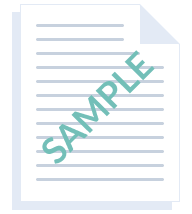Name:
Instructor’s name:
Course:
Date:
Summary
Patients are forced to give personal details when seeking treatment. However, the privacy of such information has been a topic of discussion owing to the sensitivity of this data. To enhance patient confidentiality and data privacy, legal regulations have been put in place to restrict entities that can access the medical records from the unlawful distribution of patient details (U.S Department of Health and Human Services 2). Grandison and Bhatti listed clearinghouses under ‘covered entities,’ meaning they are subject to the Privacy Rule (2).Clearinghouses link insurers to healthcare systems by processing medical claims, electronically forwarding them to the respective insurers, and sending the payments back to the healthcare providers. With such undertakings, clearinghouses have unlimited access to extensive data relating to different patients.
According to the Health Insurance Portability and Accountability Act (HIPAA), clearinghouses are allowed by the law to obtain and analyze patient data (Grandison and Bhatti 2). Nonetheless, distribution of similar data is only permitted under specific circumstances; if it is intended for research purposes to facilitate scientific innovations and when the information is to be used for public health purposes. Healthcare stakeholders may use the data to analyze healthcare costs, evaluate geographical disparities in the distribution of health services, and forecast and plan how …
Free Clearinghouses And Patient Privacy Protection Essay Sample, Download Now
Order Original Essay on the Similar Topic
Get an original paper on the same topicfrom $10 per-page





Leave a Reply